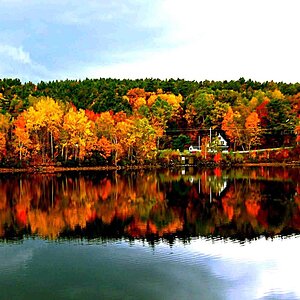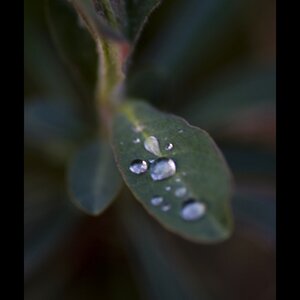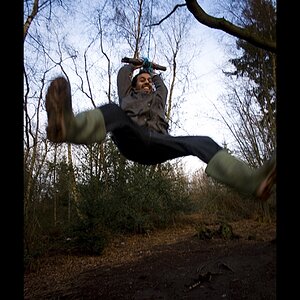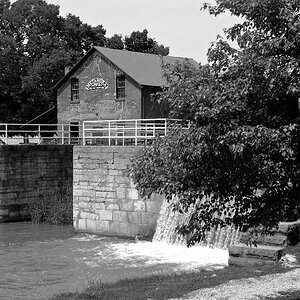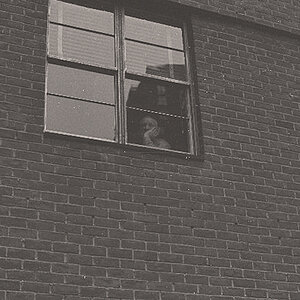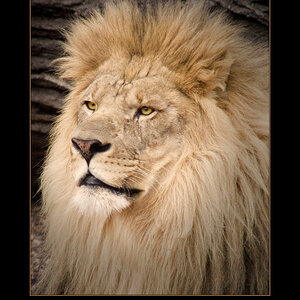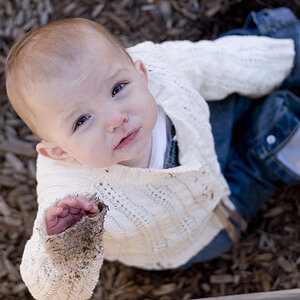lbphotogirl
TPF Noob!
- Joined
- Apr 16, 2008
- Messages
- 1
- Reaction score
- 0
- Can others edit my Photos
- Photos NOT OK to edit
I've done the research, but the more research I do the more confused I become
Cost is not an issue What is the best way to achieve the best/consistent color management accuracy? What is considered to be the best monitor calibrator and the best monitor to purchase on the market for windows?
Cost is not an issue What is the best way to achieve the best/consistent color management accuracy? What is considered to be the best monitor calibrator and the best monitor to purchase on the market for windows?


